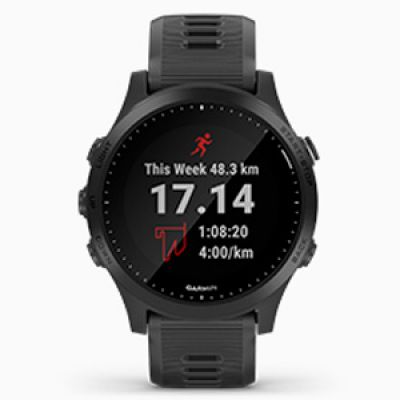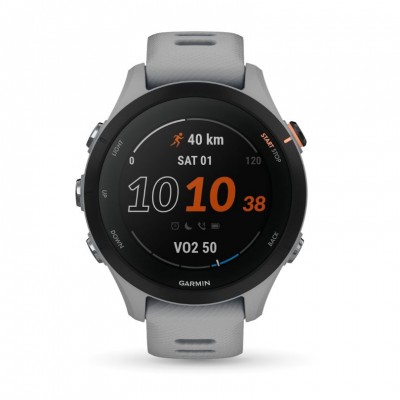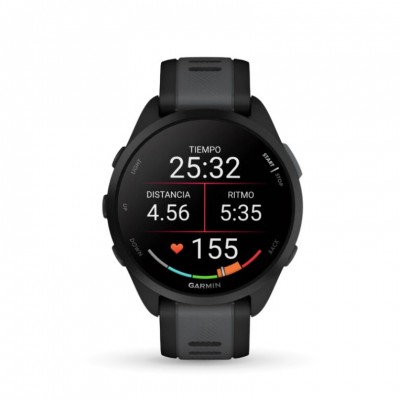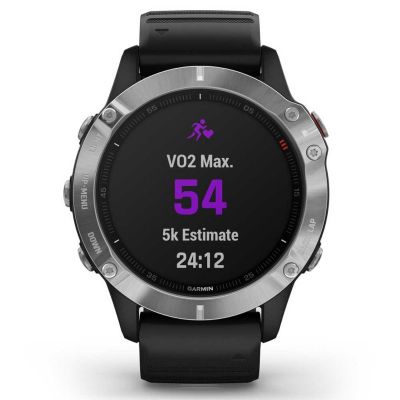Running is one of the easiest and, in the long run, most rewarding habits there is. Whatever your knowledge of the sport, the fact of maintaining a constant routine of training sessions, unless you overdo it, causes physical condition and running sensations to improve exponentially. But at a certain point and, above all, to be able to continue training with guarantees and, of course, improving, it is necessary to have control over how much and how we train.
In other words, we must analyze our kilometer load, the intensity at which we run and the frequency with which we train weekly.
One of the biggest headaches for runners is knowing how to adapt the intensity to each type of training. If we want to improve our performance, it is essential to plan the intensity at which we should run for long runs, long runs or series days. To do this, we can use internal load indicators such as heart rate or subjective perception of effort (SPE).
There are also external load indicators, where we find the pace and running speed. This time we are going to take a closer look at this very common and easy to record indicator of intensity. Nowadays, any sports watch or heart rate monitor gives us instant information about the pace per kilometer or the speed we are running.
The correlation between pace and intensity is very simple. The faster we run, the higher the intensity and therefore, the more stress we will be exerting on our body.
What is the MAS test for?
Just as it happens, for example, with heart rate or pulsations, if we decide to train taking our running rhythms as a reference, it will be of vital importance to establish our training zones. This is where the MAS test comes into play, a test that will help us to calculate our MAS and set the different training zones or intensities.

But first of all...What is MAS? It's very simple. It is the lowest speed at which we reach our Vo2max (maximum oxygen volume). In other words, it is the first moment (minimum speed) where the body shows the greatest capacity for absorption, transport and utilization of oxygen.
Therefore, the MAS test will predict the speed or pace at which a given runner reaches the zone that stimulates Vo2max.
Usually, science establishes that it is an intensity that can be supported between 3 to 6 minutes, approximately, depending on the level, experience and age of the athlete, among other conditioning factors. From this, we can intuit that our MAS will correspond to a pace that demands a great effort, strenuous at times.
What does the MAS test consist of?
Indirect estimation of MAS by means of a campo test can be done in different ways; by distance or by time. At RUNNEA we are going to explain what we believe to be the easiest to apply: the 5 MAS test. Ideally, it should be done on an athletics track or on a course with exact distance references, for example, marks every 100 or 200 meters. The protocol we recommend to follow would be as follows:
- 10-15 minutes warm-up at a very gentle intensity.
- Dynamic stretching or running technique drills
- 3 progressions of 80-100m, starting slowly and running the last few meters at a very high intensity.
- 3 minutes rest to face the test
- 5 minutes running at our maximum intensity/speed *(record it separately on the watch)
- Passive or active recovery by walking for 5 minutes
- 5 minutes of running at a very light intensity
*If you have never done them before, it is recommended to go from less to more within the high intensity required from the beginning.
To perform the test we will need a watch to measure the duration and it would be very interesting to wear a chest band to record the heart rate during the minutes 5 and subsequent recovery. But the most important thing is to record the meters you have run during the test, taking as a reference where you have started and where you have stopped.
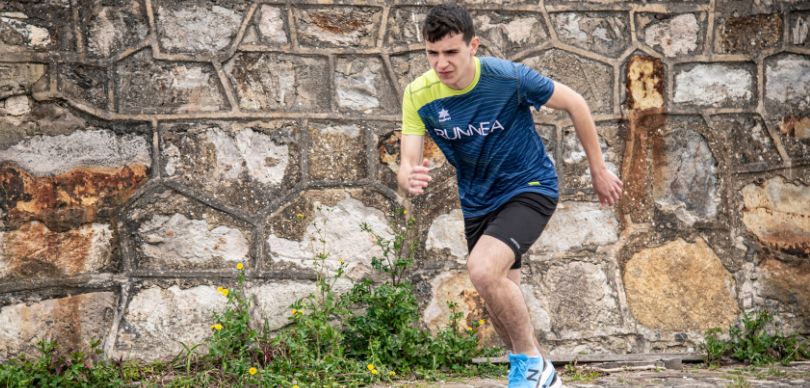
It is convenient to start at the line that marks the end of the straight. In this way, and knowing that each lap is exactly 400 meters long, we should calculate how many laps have been run during the test. If we stop in an intermediate zone or without references, we have to divide the track in 4 fragments and think that each straight or curve measures 100 meters. Adding the complete laps and the extra fragment, we will obtain the real distance covered.
For example, if in the test I have run 2 complete laps and I have finished at the starting point (end of the first curve), I will have run: 2 x 400m + 100m = 900m.
Be careful and do not rely on the distance shown by your GPS, because in a circular route it tends to have a certain percentage of error. It is possible that it is very close but the best way is to take the references of the track.
I have done the MAS Test, now what?
Once we have the individual record of the 5 minutes we will have to observe what has been the average pace of the test. We will not have to do anything else, since that will be our MAS. We can also translate that pace into km/h to know at what speed we start to stimulate our Vo2max. Once we have obtained the pace or MAS speed,we will only have to establish our training zones. Using the training zones table of Pallarés and Morán-Navarro (2012) as a reference, we can calculate our zones:

- R0 or regenerative(<65% VAM) : recovery runs or warm-up/cool-down pace.
- R1 or aerobic threshold(65-75% MASV): low-intensity runs
- R2 or anaerobic threshold(75-85% MASV): running at fast paces, long series (>15') and 21-42k competition paces.
- R3/R3+ or VO2max(90-100% MAS): medium runs (3'-15') and 10k competition paces.
- R4 or anaerobic capacity(105-120% MAS): short sets (3') and changes of pace.
- R5 or anaerobic power(120-140% MAS): maximum effort less than 90".
- R6 or alactic anaerobic power(>160% MAS): sprint at maximum speed (<30").
Practical example. If my MAS is 4min/km and I want to know my R1 zone, I should take 65-75% of it. The calculation would give us that the zone is between 5:20 and 6:09 min/km. We would do the same to calculate the different zones and physiological thresholds.
From now on you have no excuse to train properly based on your running paces. But runner, don't forget to perform this MAS Test every 8-10 weeks to adjust the zones as much as possible since, as you know, training or detraining will cause our physical condition to be modified!
References:
Pallarés, J., Morán-Navarro, R. (2012). Methodological proposal for cardiorespiratory endurance training. Journal of Sport and Health Research, 42), 119-136.
Read more news about: Running Training



